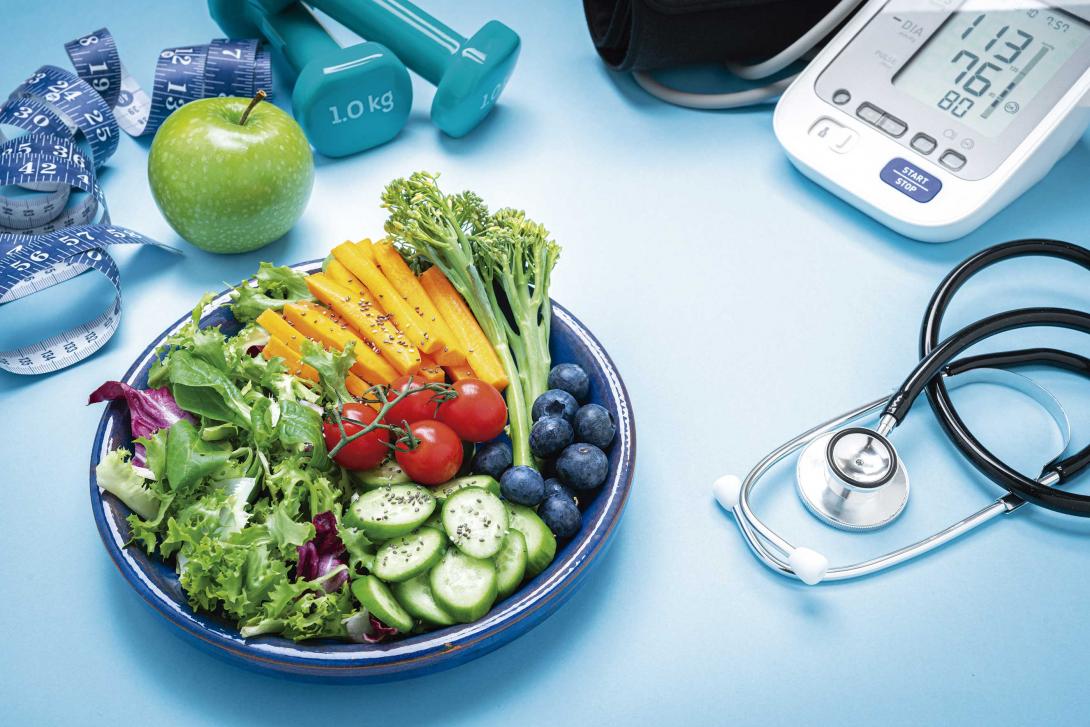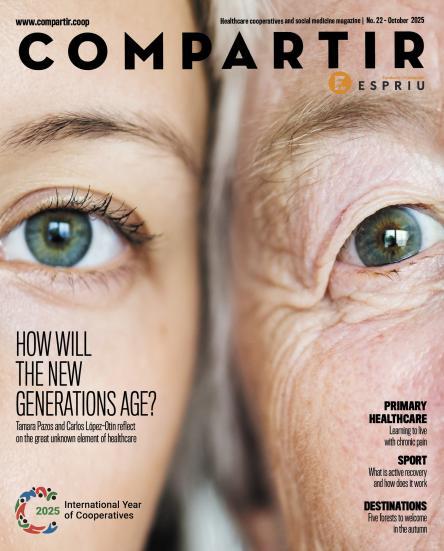
Exercise and a diet rich in anti-inflammatory foods
The best strategy to reduce blood pressure is to eat healthily and lose weight with daily physical activity, although a great deal more education must be carried out from the Medical Universities and the educational centres.
Amongst the secondary causes of high blood pressure are those of the endocrine system, caused by hyperthyroidism, hyperparathyroidism or Cushing’s Syndrome. These may make up 10% of high blood pressure cases in the general population, while, in children, hypertension derived from the endocrine system is rare and is normally caused by genetic diseases or tumours. This is characterised by serious high blood pressure that does not respond to the conventional treatment.
Teresa Lajo is the head of the endocrinology service at the HLA Moncloa, in Madrid and she states that in her consulting rooms “the most common patients I see are hypertensive due to hyperthyroidism or hyperparathyroidism.” In the first case, it occurs when the thyroid gland produces more thyroid hormones than the body needs; whilst hyperparathyroidism occurs when the parathyroid glands in the neck produce too many parathyroid hormones that pass into the blood flow.
Whether it is due to a prior disease or due to other reasons, the doctor advises tackling high blood pressure with diet and physical exercise “not only aerobic exercise, but also weightlifting and toning exercises.” We should try to stay fit whatever our age or physical condition with activities such as walking, running, cycling or swimming; also with other types of exercises to tone and strengthen our muscles, such as squats, lunges, planks or crunches.
Low salt diet
portant that it is not only hypocaloric (low in calories), “to lose weight, which is fundamental, but also low in sodium and rich in anti-inflammatory products that can help us to control the blood pressure, for example onions, bilberries, seeds and some spices,” such as oregano or rosemary. Other foods with anti-inflammatory properties that we can add to our diet are ginger, broccoli, walnuts, cherries or spinach.
To maintain a healthy weight, Doctor Lajo also recommends “a diet rich in Omega 3, foods rich in potassium and lots of fruit, vegetables and pulses.” We must also avoid refined sugars and change saturated fats for healthier products such as dried fruit, avocados, seeds and olive oil.
The doctor affirms that more and more people are aware of the need to eat a healthy diet and exercise, but there is still a lot of work to do. “I am a teacher at the Universidad Europea and very little time is spent by teachers on the subject of endocrinology and nutrition in all the universities, just an hour or two and it is not specific for each pathology. We are still not able to transmit to future doctors the importance of healthy lifestyle habits and above all, of nutrition to control pathologies such as high blood pressure.”
Obesity and overweight
A situation that is repeated in the educational system, because there are still vending machines with cakes and crisps in schools. Our education system is also not doing what it should,” Lajo concludes. And the fact is that according to the latest data from the Nutritional Study of the Spanish Population, around 40% of Spanish children between the ages of three and eight years are obese or overweight. Additionally, only four out of every 10 children in Spain do the daily exercise recommended by the WHO. Lack of physical exercise predisposes patients to suffer from overweight, high blood pressure, high cholesterol levels and diabetes, the Spanish Heart Foundation warns.




